Diaspar Parts 1 to 12
by Doc Wör Mirran feat. Schnitzler
“Look at this! A taperecorder. It's running,” says the voice on part 11. This self-reflexive joke elegantly sums up practically every record ever made, but this is most certainly the only record on which you will ever hear voice-generated noises from Jello Biafra, the founding member of Dead Kennedys, the godfather of politicised punk rock, the High Priest of Spoken Word Harmful matter, alongside the late Conrad Schnitzler, alumnus of krautrock bands Kluster, Harmonia, and Tangerine Dream, and the man that gave Kraftwerk their first synthesizers.
Bringing these two wildly different musicians into contact on one album – not physically, but thanks to – wait for it! – a taperecorder” and overdubbing is a feat that probably only Doc Wör Mirran could pull off. Centred around the core group based in Germany, Joseph B. Raimond, Ralf Lexis, Stefan Schweiger, and Michael Wurzer, their community of collaborators reaches as far as the US West Coast, where Biafra is based, and – on this album – also includes Adrian Gormley and Ron Lessard, in addition to Schnitzler of course. Based on recordings from the 1990s, and then enhanced and mixed in 2013, this palimpsest shows that Doc Wör Mirran are absolute masters at using controlled improvisation in the studio as a compositional tool. The stylistic breadth of this album, which features krautrock flavours as well as echoes of Aphex Twin, deep ambient dronescapes as well as exciting early musique concrète style tape collages, is thoroughly stunning, yet still the album feels completely integrated.
File under: free improvisation, sound-art, ambient, krautrock
ACU 1033
factory-produced CDr in cardboard sleeve
Released in 2021
limited to 100 copies
price: 7.00 EUR (excl. postage)
Personnel:
Conrad Schnitzler, Adrian Gormley, Joseph B. Raimond, Ralf Lexis, Stefan Schweiger, Michael Wurzer, Jello Biafra, Ron Lessard
Original recording from the 1990s, additional recording and mixing in 2013 at Two Car Garage Studios, Fürth Germany.
All cover art by Joseph B. Raimond from the Diaspar series, 2020
Layout Sascha Stadlmeier
As always, in loving memory of Frank Abendroth and Tom Murphy.
This recording is dedicated to Elliot Mazer
This is DWM release #180
Doc wör Mirran
Spitzwiesenstr. 50
90765 Fürth
Germany
www.dwmirran.de
empty@empty.de
Also available here: http://www.discogs.com/seller/dependenz?sort=price&sort_order=asc&q=attenuation+circuit&st
NIEUWE NOTEN
Het Duitse Doc Wör Mirran kwam hier eerder uitgebreid voorbij, aan de hand van ‘Hominine part 1-3’ en ‘4-6’. Inmiddels ligt er weer nieuw werk. Vorig jaar zomer verscheen ‘Diaspar Parts 1-12’ en december jongstleden werd daar ‘Diaspar Parts 13-22’ aan toegevoegd. Het betreft in beide gevallen opnames ergens uit de jaren ’90 van de vorige eeuw die in 2013, de delen 1-12 en 2020, de delen 13-22, nog eens met een kritische blik zijn bekeken en aangevuld en dus nu uitgebracht zijn op Cd. We horen de groep in de uitgebreide versie, aangevuld met de inmiddels legendarische Conrad Schnitzler en op de tweede schijf Emerge, ofwel Sascha Stadlmeider, de man die ook de eigenaar is van het label waar al dit moois weer verscheen: Attenuation Circuit.
Adrian Gormley mag beginnen, een jazzy saxofoonsolo, omgeven door wolken onbestemde en soms wat verontrustende elektronische klanken. De duisternis breidt zich in het tweede deel uit, donkere wolken pakken zich samen boven een winters landschap. Zoals vaker op dit soort albums komen we er ook hier weer niet achter wie nu precies een bepaald instrument bespeelt en dus blijft het gissen naar de man achter die staccato pianopartijen in het derde deel, net als dat niet duidelijk wordt wie die kakofonie op de achtergrond in gang zet. Wakker kan ik er niet van liggen. Het vierde stuk is goed te defeniëren als typische elektronica, vanwege het gebruik van synthesizers en de daarmee gemaakte lang aangehouden klanken. Die eerste vier nummers maken duidelijk dat dit twee bijzonder afwisselende albums zijn waarop de band zich zowel van akoestische instrumenten bedient als van elektronische en waarop een boeiende mix wordt gecreëerd van jazz, hedendaags gecomponeerd, experimentele elektronica en noise.
En dan zijn we er nog niet, aan het begin van het vijfde deel staat ineens alles te trillen vanwege de loodzware bas, de spanning van deel twee is weer terug, in het zesde horen we ongetwijfeld stemkunstenaar Jello Biafra de duistere klanken aanvullen en in het tiende deel weet de groep te overtuigen met stomende, industriële klanken. Dit kan zo als soundtrack voor een thriller fungeren. Na de sterk industriële delen elf en twaalf schakelen we naadloos over naar het tweede album, deel dertien is al net zo disruptief. Veldopnames kwamen nog niet aan bod, al zijn ook die te horen. Maar nergens zo mooi als in deel veertien, geflankeerd door een zware drone. En dit album is wat zonniger en minder zwaar op de hand. Zo klinkt deel zestien zelfs melodieus en benaderen we hier de popmuziek. Toch treffen we ook op dit album een aantal bijzonder spannende stukken aan, deel twintig bijvoorbeeld met al die aan de synthesizers ontlokte space-achtige geluiden.
https://www.nieuwenoten.nl/?p=13602
BAD ALCHEMY
Es gibt bei DOC WÖR MIRRAN zuverlässig zwei Konstanten: Ein nostalgisches Erinnern ans Goldene Zeitalter des Rock, mit immer wieder dankbarem Gedenken an dessen dahingehende Heroen - Jerry Garcia, Woody Guthrie, Ray Manzarek, David Bowie, John Wetton, Keith Emerson, Jaki Liebezeit... diesmal an Elliot Mazer (1941-2021), Studiowizard für Neil Young, Janis Joplin, Bob Dylan und Linda Ronstadt. Und der synchrone Schulterschluss mit Gesinnungsgenossen wie Frans de Waard, Paul Lemos, Jad Fair... als Spätlinge in der immerhin noch silbernen Postpunk-Postmoderne. Wobei Diaspar parts 1 to 12 (ACU 1033, CDr) nun sogar beides vereint, den Silberklang von Ron Lessard (Emil Beaulieau, RRR) und Jello Biafra (Dead Kennedys) mit Conrad Schnitzlers goldenem Glanz von Tangerine Dream und Kluster her und als Con-tinuum bis 2011. Wenn auch 'nur' virtuell mit Bändern aus den 90ern und Studiowizardry à la Mazer und Macero. Dass Biafra vor 20 Jahren mit Lard "70's Rock Must Die" gebollert hat, well, das fällt unter 'rau, aber herzlich'. 'Diaspar' führt ins Golden Age of Science Fiction, in die von agoraphoben, einem Zentralcomputer total hörigen Unsterblichen bewohnte Kuppelstadt von Arthur C. Clarkes "Against the Fall of Night" (1948) / "The City and the Stars" (1956), der auf einer vor Jahrmillionen - sprich: demnächst - verwüsteten Zukunftswelt nur noch Lys als grüne Oase sterblicher Telepathen entgegensteht. Clarkes - wohl von DWM geteilter - Skepsis vor transhumanen Ambitionen zufolge resultiert das aus den Versuchen, eine perfekte KI zu erschaffen, die aber nur etwas Irres (the Mad Mind) oder Naives (Vanamonde) hervorbrachten. Beschallt wird das in einem wie der Tierkreis 12-teiligen Zyklus mit aus Sounds von Joseph B. Raimond, Ralf Lexis, Stefan Schweiger und Michael Wurzer kreierter und von Adrian Gormleys Saxofon überblasener Synth-Noise Psychedelik, (2.) aus Tape- und Doom-Wellen gewobenem Dark Ambient, (3.) Pianogehämmer und schweinisch kirrendem Noise, (4.) brummigen Drones, (5.) zischenden und glissandierenden, perkussiv markierten Schüben, (6.) alarmierten, von Stöhnen durchsetzten Kaskaden, (7.) verrauschter, nachtvogelig durchflöteter Träumerei, (8.) quecksilbrigen und unruhig gewellten Verwerfungen, (9.) kurvenden Dehnungen und stehenden Luftlöchern, (10.) verunklartem rhythmischem Pulsieren und verhallenden Silberspuren, mit (11.) Look at this! A taperecorder als V-Effekt in einem knirschenden, impulsiv drangsalierten Selbstbezug sowie (12.) als zuletzt wüst verrauschter Loop mit kreisendem Nein!... Nein!... Nein!?
http://badalchemy.de/
VITAL WEEKLY
Next month marks the tenth anniversary of Conrad Schnitzler's passing, but the legend lives on. His taped contributions to the musical output of Doc Wör Mirran are recycled and presented anew. Schnitzler mailed various cassettes of music in the 1990s and since then find a place in DWM's music. This time we have the core members of Joseph B. Raimon, Ralf Lexis, Stefan Schweiger and Michael Wurzer at home in the Two Car Garage Studios (and I checked, it could fit two cars and is a typical Bavarian garage) while from a distance (and I assume from a distant past) tapes are used by Jello Biafra and Ron Lessard. At the foundation of this, we find the members improvising in the studio, blending in the taped contributions. In 'Diaspar Part 3', we have Schnitzler's computerized piano playing, along with a more bruitist approach by the group, whereas Gormley and his saxophone take control of 'Diaspar Part 1', and bring out a more jazzy feel. Some pieces seem entirely electronic, dark, drone-based and moody ('Diaspar Part 5'), while others have a not too outgoing rhythm, reminding me of the early days of ambient house, but, more likely, Schnitzler's mid-70s music. It is the variety of the sources, I guess, which makes this a varied album, but part of that variation is also in the way the core group responds to the material. It is just as imaginative as the taped contributions (and again I am assuming that the majority is from Schnitzler, seeing how this is credited on the front cover), taking the music in many different directions and yet still manage to come up with some very coherent release. For Doc Wör Mirran this is release number 180 (!) and the quality is, as ever, pretty high standard. I didn't expect anything less.
http://www.vitalweekly.net/1293.html

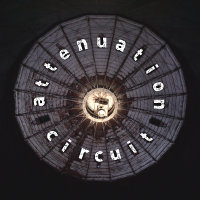
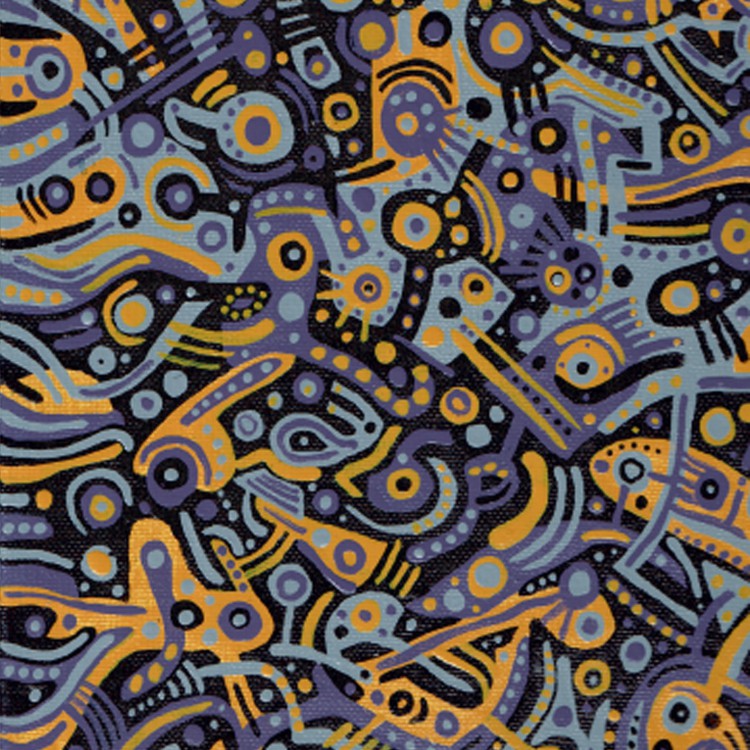
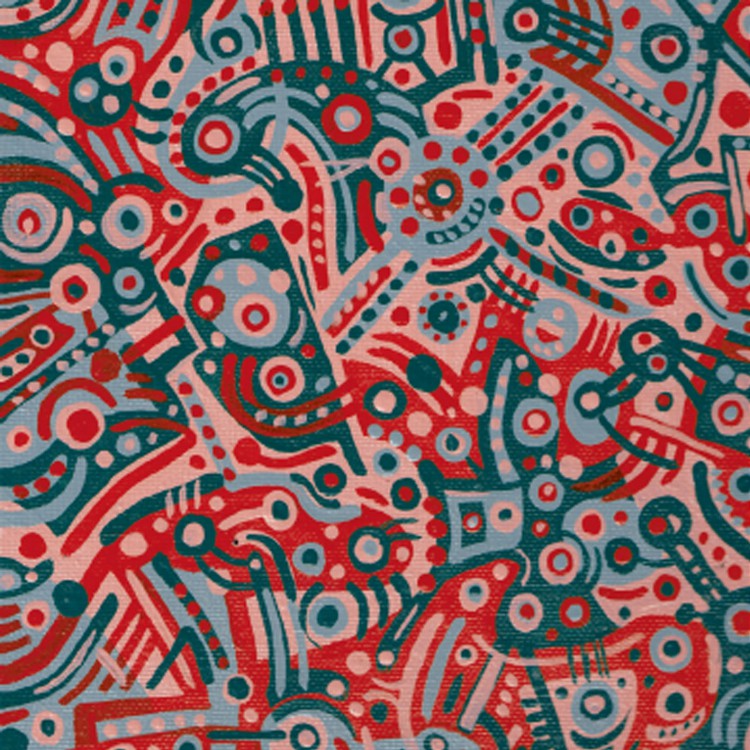
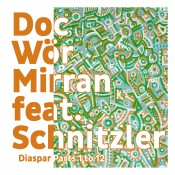
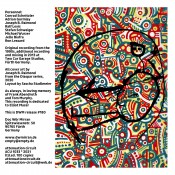
 brezenstudio engine
brezenstudio engine